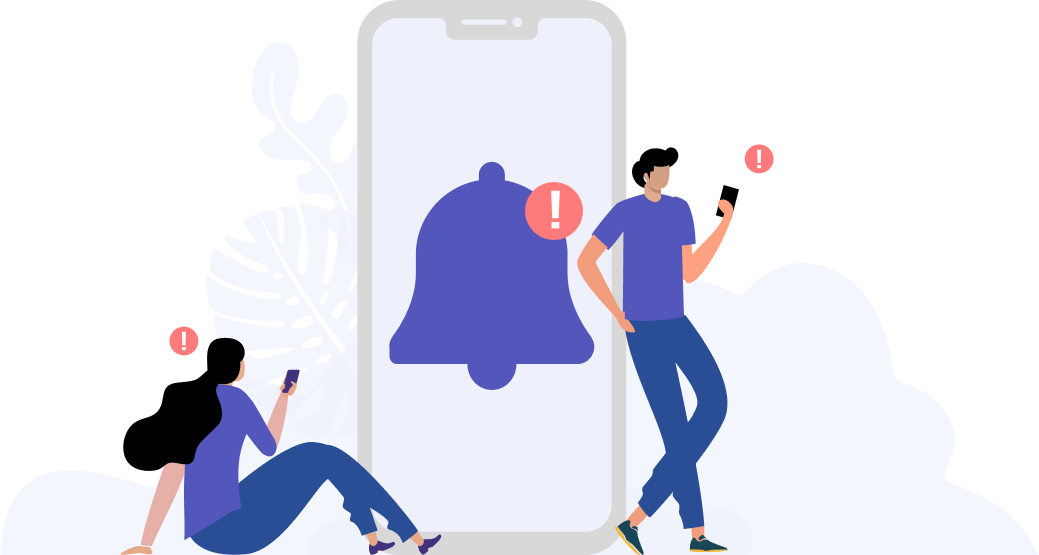Here’s how your Kids’ Screen Time can Damage their Health

The battle against the pandemic rages on. People across the globe in the thick of the stay home measures are seeing much of their lives migrating to the online world. A rise in screen time for both children and adults is the new way of life and is arguably an unavoidable consequence of our lifestyle changes during these unprecedented times.

However, along with the changes in our screen time habits come a myriad of health consequences, some of their effects lasting and irreversible if left unaddressed.
How much has screen time risen by?
Preliminary findings from our cohort in Singapore showed an increase in screen time of almost 20% for both children and adults during this period. This is particularly worrying given that literature has found that even 2-year olds are already spending at least 2 hours in front of screens, with screen time increasing to more than 7 hours in teenagers.
Sleep duration is also affected. In Singapore, our research finds that children are sleeping almost four hours less each week.
The health risks of the new screen time habits
Excessive near-work is one of the most important risk factors for the onset and progression of myopia. Screen-based activities constitute a new form of near-work, and children who use devices tend to do so indoors for long uninterrupted periods with poor posture and at viewing distances closer than conventional books.
Furthermore, as screen time increases, children are spending less time on outdoor activities. This is worrying as outdoor activity has been shown to have a protective effect on myopia development and progression, with research finding that 2 hours of outdoor activity each day reduces the risk and progression of myopia by 10 to 20%.
As such, children who are excessively using their smart devices are at higher risk of developing myopia, which, in some cases, may lead to high myopia. High myopia (SER ≤ -6.00D) is a severe case of myopia that can also lead to blinding eye conditions like glaucoma and retinal detachment.

cute girl use phone and feel eye pain in the resturant
For adults and children alike, excessive screen time is also associated with digital eye strain (DES), which is a group of eye-related problems resulting from prolonged screen time. The symptoms of DES include eye irritation, burning, dryness, redness, sensitivity to light and a loss of the eye’s ability to focus correctly, resulting in blurred vision and headaches, sometimes mimicking that of a migraine.
The health implications of excessive screen time do not stop at these eye health problems; it also increases the risk of mental illness, musculoskeletal problems, diabetes, heart disease and cancer.
Fortunately, there are many things we can do to protect ourselves and our children from these detrimental effects.
Mitigating the health risks with quality screen time
For parents especially, the battle to limit screen time can be incredibly stressful. Screen time recommendations can be challenging to adhere to during these times. As such, adopting a variety of alternative strategies to supplement these recommendations is key.
A key strategy is to curate your children’s online content when they do use their devices. You can help your children make the best use of their time online by sourcing for high-quality media content. According to the National Institute of Early Childhood Development in Singapore, such media content should check these boxes:
A. Is it engaging: Do the design features keep your child focused or distracted from the learning goal?
B. Does it actively involve: Do the tasks challenge your kid to explore or does your child tap and swipe mindlessly?
C. Is it meaningful: Does the content introduce new concepts within a context your child is familiar with?
D. Can it be social: Can you engage with your child by using “serve-and-return interactions” like talking about what he or she sees and does?
Beyond this, it is important to inculcate in our children good device habits from an early age. Understandably, for many parents around the world, limiting children’s screen time and screening their online behavior all on top of managing their professional obligations is no easy feat.
As such, we at Plano will be helping all parents in Singapore by providing the annual premium subscription of the Plano application for free. With the full suite of parental control features now available for everyone, we hope we can help alleviate some of your parenting stressors, especially when it comes to your children’s screen time.
Under these turbulent circumstances, taking the necessary steps to improve our children’s interactions with their devices is imperative. There is no doubt in my mind that with a positive mindset and undying resolve to tackle the new challenges we will be able to get through this together!
Tools Designed for Healthier Eyes
Explore our specifically designed products and services backed by eye health professionals to help keep your children safe online and their eyes healthy.





